
Dr. Ioannis N. Theodorakis
- SURGEON
- UROLOGIST
- ONCOLOGIST
- ANDROLOGIST
- Head of Α’ Urological Clinic Euromedica General Clinic of Thessaloniki
- Former Associated Professor Urology & Transplant Surgery, Klinikum Großhadern (Ludwig Maximilian University of Munich)
- Honorary Member of the German Urological Society for Contribution to German Urology - Leipzig 22.09.2023

Preventive Control - What I need to know
The man should be screened annually from the age of 45. Men with prostate cancer in 1st or 2nd degree relatives should be screened annually from the age of 30.
PSA (PROSTATE SPECIFIC ANTIGEN) - WHAT I NEED TO KNOW
Prostate-specific antigen, or PSA, is a protein produced by the prostate gland that is present in the male’s blood. PSA levels rise when there is a benign enlargement of the prostate, or an infection of the prostate, also known as prostatitis, or prostate cancer.
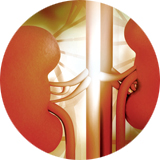
LITHIASIS OF THE URINARY SYSTEM. CAUSES, DIAGNOSIS AND TREATMENT.
LITHIASIS OF THE URINARY SYSTEM. CAUSES, DIAGNOSIS AND TREATMENT.
The frequency of urolithiasis has been increasing in recent decades. The incidence of nephrolithiasis is estimated at about 2-4% of the population.
READ MORE 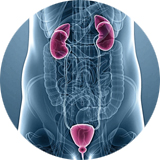
10 REASONS WHY THE PROSTATE CONCERNS ALL MEN
10 REASONS WHY THE PROSTATE CONCERNS ALL MEN
The opinion that prostate screening concerns only older men is proving outdated. In addition to its basic function, the prostate affects both the reproductive process and the enjoyment of love-making.
READ MORE 
KIDNEY CANCER (MALIGNANT NEOPLASM OF THE KIDNEY - GRAVIC)
KIDNEY CANCER (MALIGNANT NEOPLASM OF THE KIDNEY - GRAVIC)
In kidney tumors, a distinction is made between tumors of the renal pelvis and the kidney tissue itself. Renal pelvis tumors are commonly called urothelial carcinoma and are similar to bladder cancer.
READ MORE 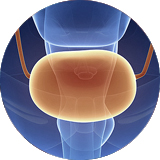
DIVERSION OF URINE AFTER SURGICAL REMOVAL OF THE BLADDER
DIVERSION OF URINE AFTER SURGICAL REMOVAL OF THE BLADDER
In various forms of a bladder tumor it may be necessary to surgically remove the bladder. At this point we will explain the most commonly used forms of urinary diversion.
READ MORE ARTICLES
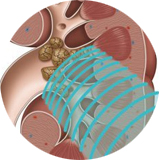
EXTRACORPOREAL LITHOTRIPSY (ESWL)
EXTRACORPOREAL LITHOTRIPSY (ESWL)
Extracorporeal lithotripsy is based on the use of high frequency shock waves generated by electrical discharge or by the use of a metal membrane which is vibrated by an electromagnetic field.
READ MORE 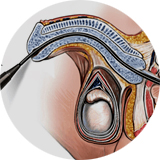
CYSTOSCOPY
CYSTOSCOPY
Bladder stones can now be removed transurethrally. Because the common cause of bladder lithiasis is the obstructive syndrome due to benign prostatic hyperplasia, transurethral prostatectomy is performed at the same time.
READ MORE 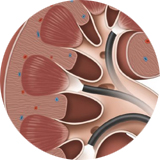
URETERONEPHROSCOPY
URETERONEPHROSCOPY
Since the mid-1980s, Ureteronephroscopy became the golden method of removing ureter stones wherever they are. Semi-flexible or flexible ureteroscopes 3.5mm in diameter are used.
READ MORE 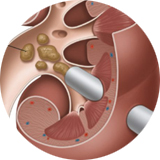
PERCUTANEOUS LITHOTRIPSY (PNL)
PERCUTANEOUS LITHOTRIPSY (PNL)
The method can be applied to almost all patients with particular advantages in children and obese patients. It can also be used in combination with ESWL (sandwich method) so that stones of any size can be removed without open surgery and with minimal injury to the kidney and the patient.
READ MORE VIDEO FROM THE EUROPEAN ASSOCIATION OF UROLOGY
Honorary Member of the German Urological Society for Contribution to German Urology - Leipzig 22.09.2023
The German Urological Society – DGU (Deutsche Gesellschaft für Urologie), declared Dr. Jannis Theodorakis to Honorary Member of the Society for his many years of valuable contribution to German Urology.
The award was made during the annual DGU conference in Leipzig (22/9/2023). It is worth noting that this particular prize is awarded each year to only one person outside of Germany and only to one German citizen.
